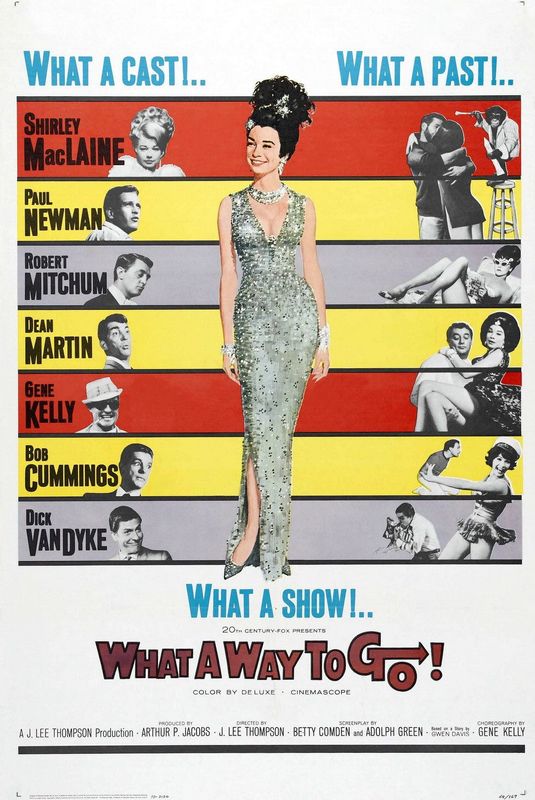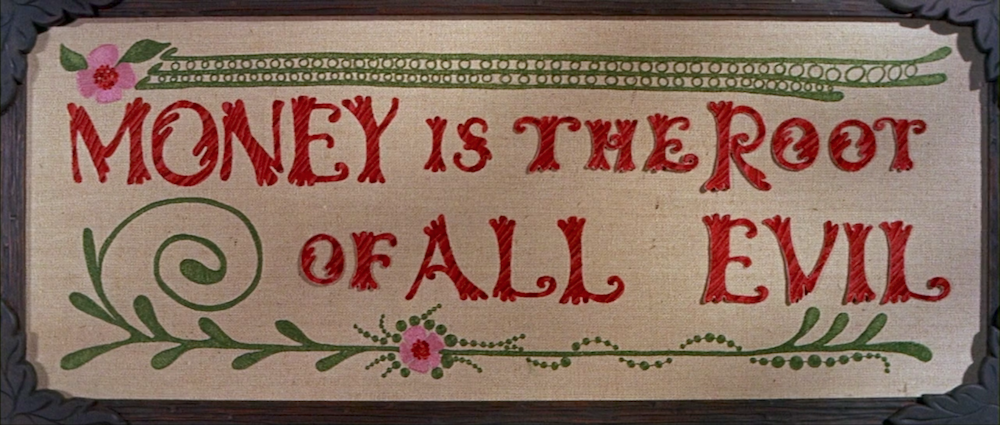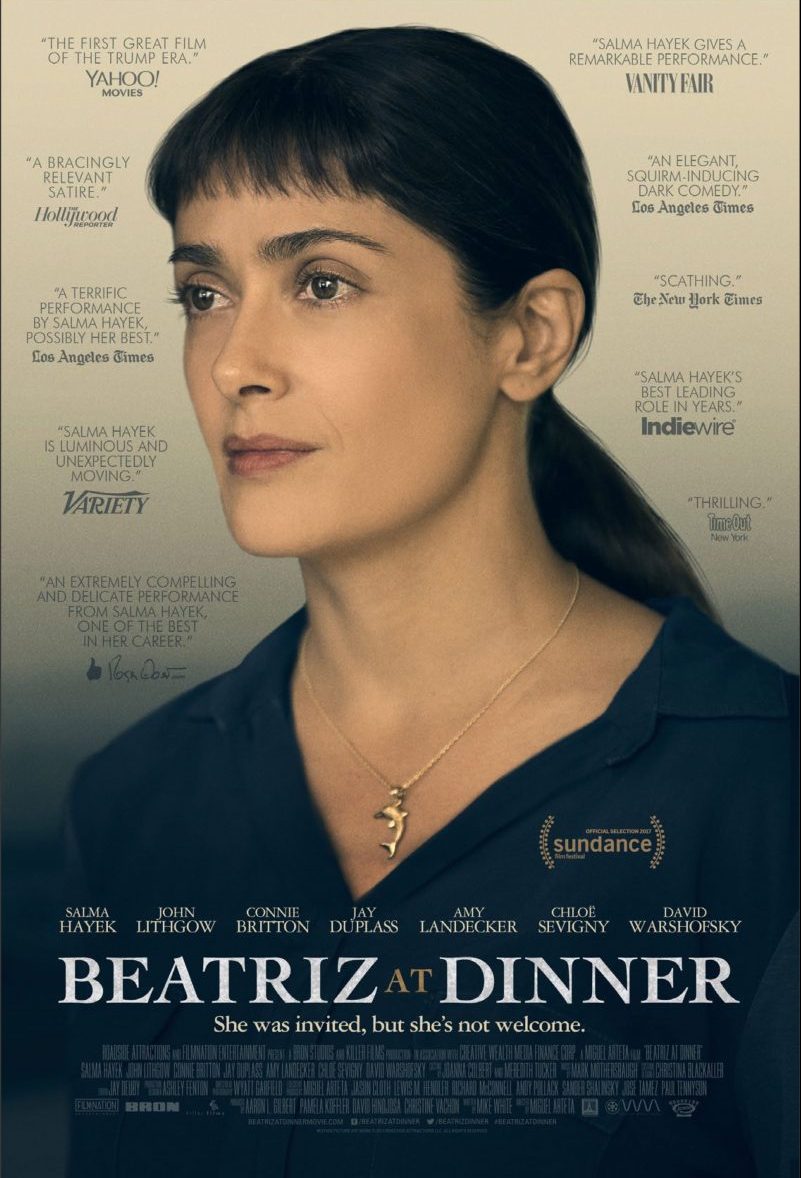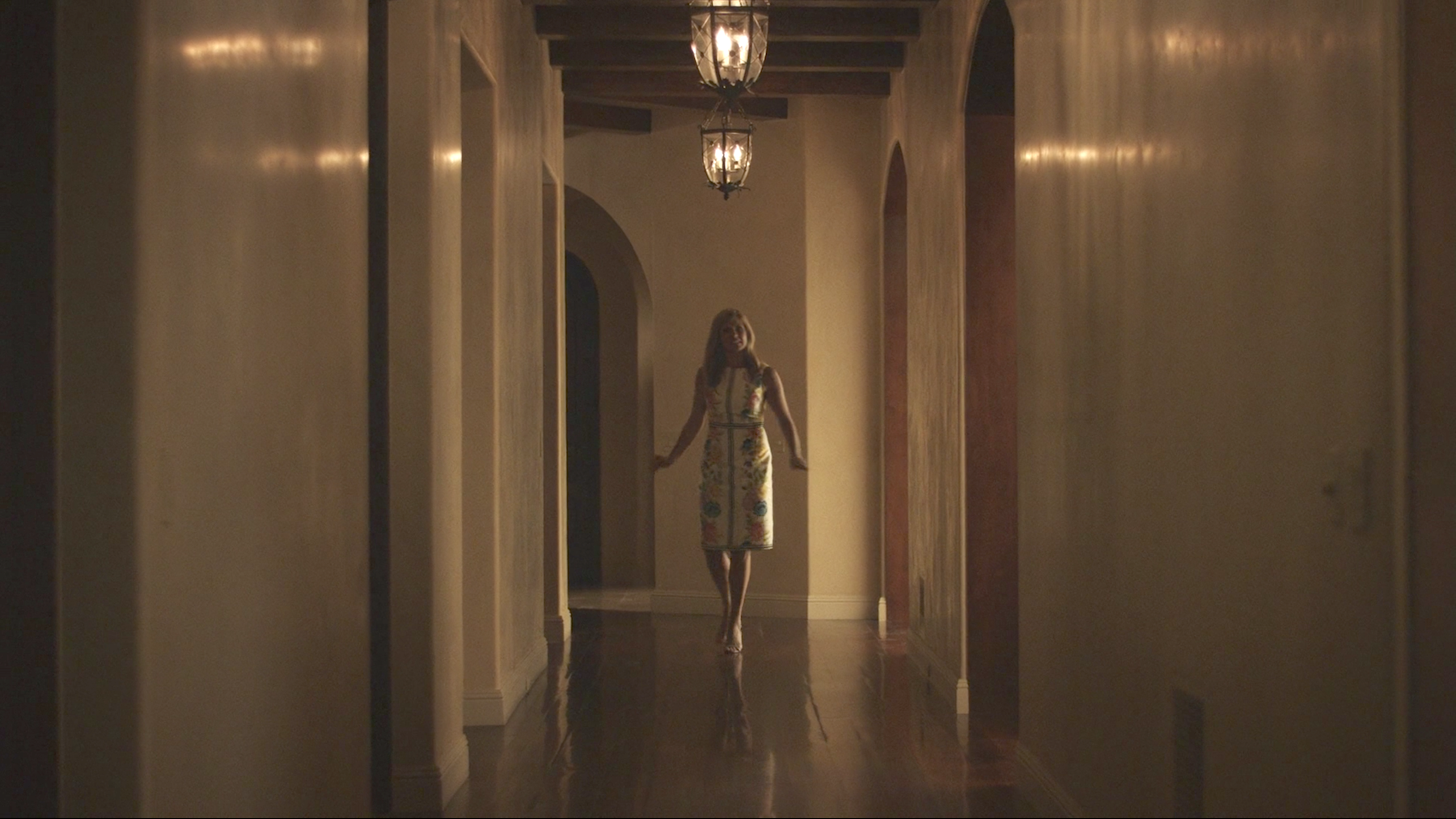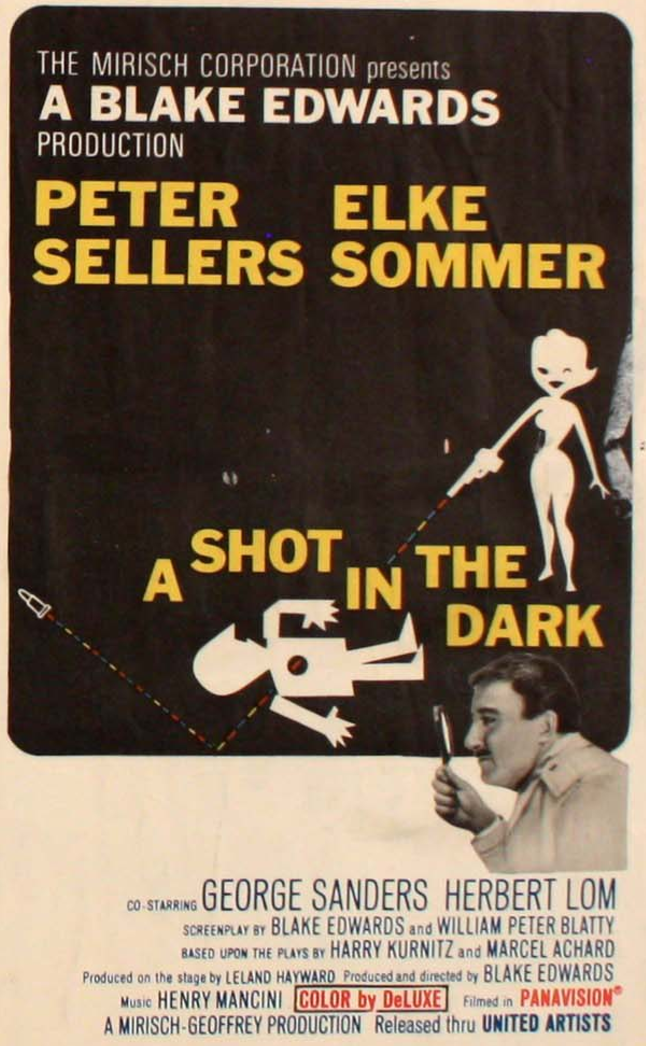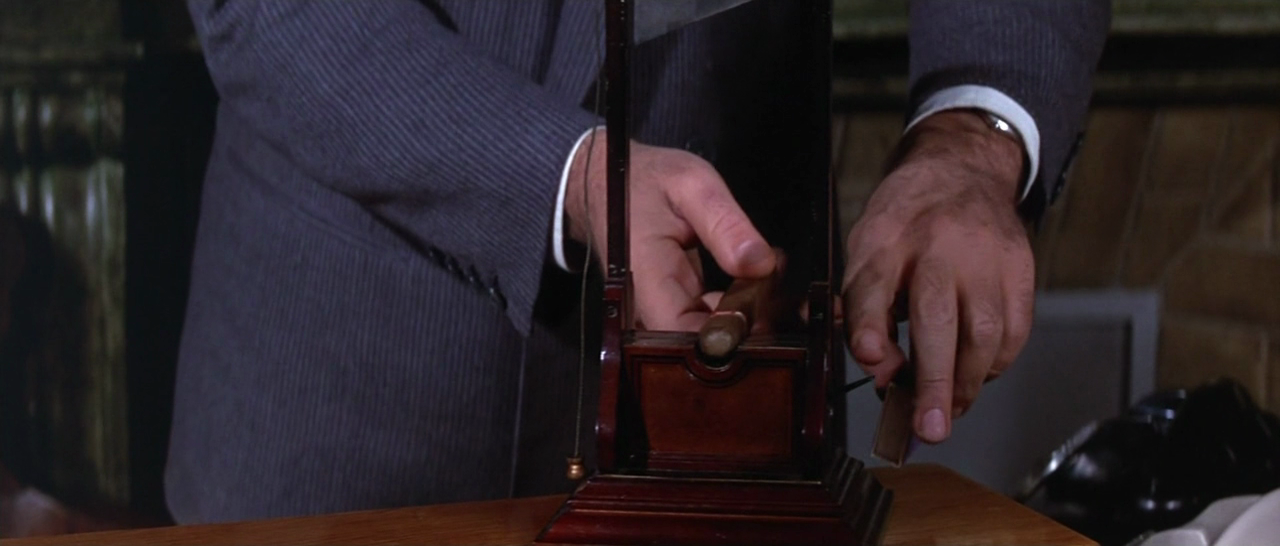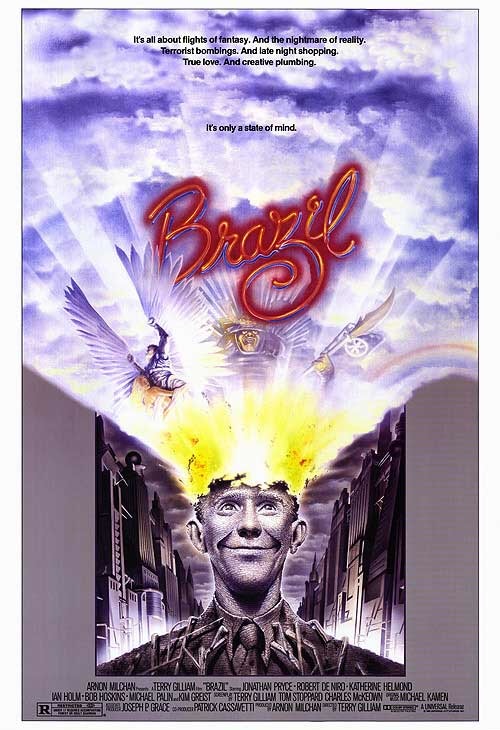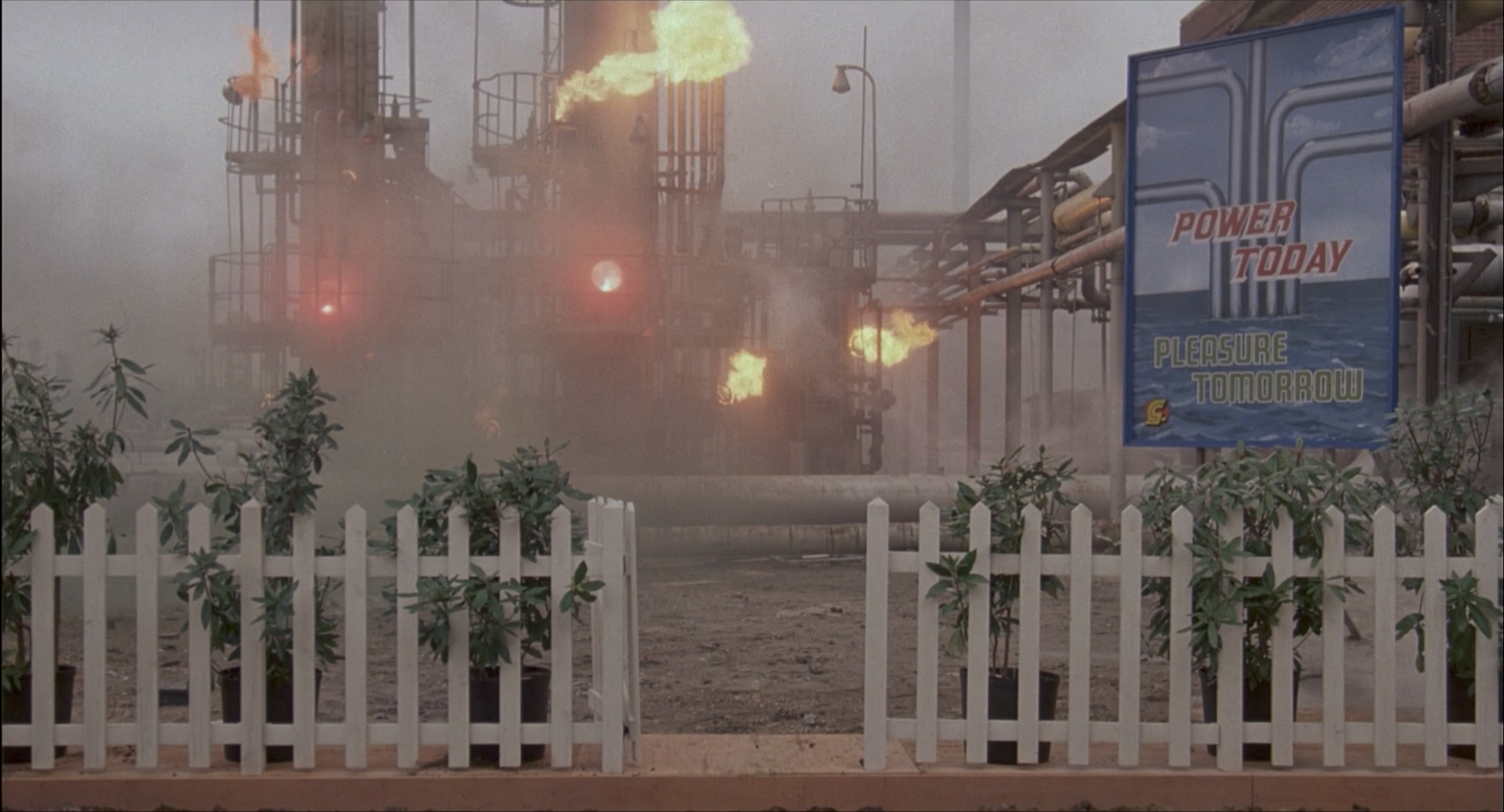The Furniture: Slack Bay's Giddy Grotesqueries
 Monday, October 2, 2017 at 10:35AM
Monday, October 2, 2017 at 10:35AM "The Furniture," by Daniel Walber, is our weekly series on Production Design. You can click on the images to see them in magnified detail.
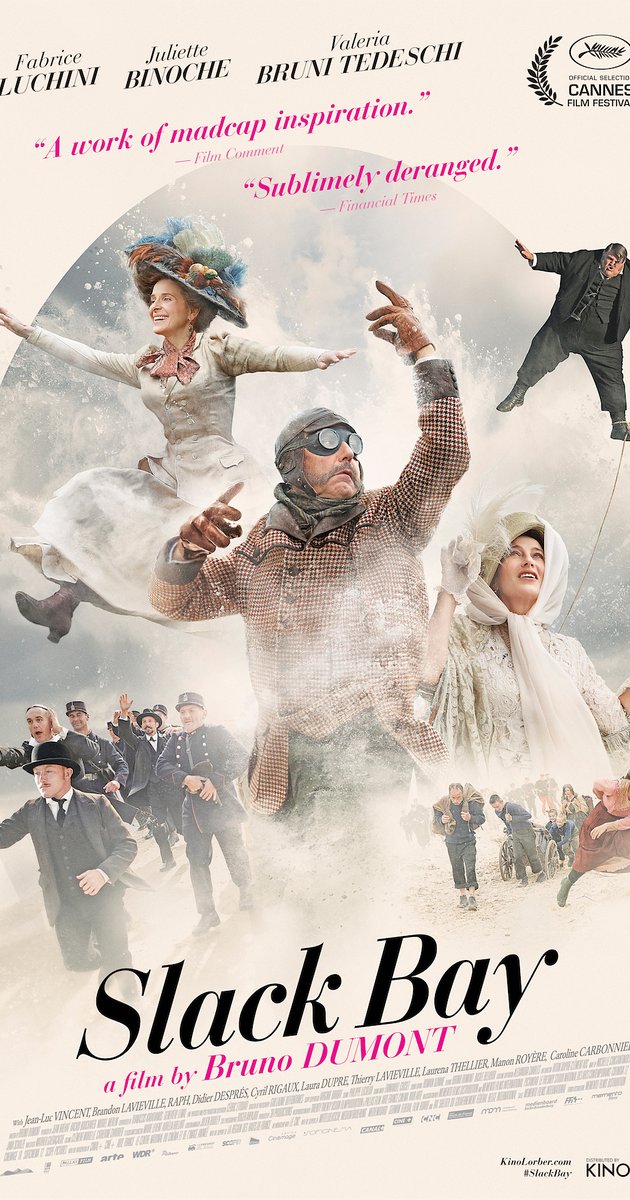
“Look! Mussel-gatherers!” Isabelle Van Peteghem (Valeria Bruni-Tedeschi) shrieks. “How picturesque!”
Her deranged tone of voice, along with the confused faces of the mussel-gatherers, let you know that you’re watching a Bruno Dumont film. Slack Bay is a comedy of manners and hats, kidnapping and cannibalism. Set on the coast of Northern France in 1910, it’s a period piece with no shortage of surprises.
Initially, the film seems to be making a fairly straightforward point about tourism and class. André (Fabrice Luchini) and Isabelle Van Peteghem are nightmarishly enthusiastic. Aude (Juliette Binoche), André’s sister, is even worse. They all find everything terribly amusing, including the budding friendship between Aude’s daughter, Billie (Raph), and a local kid named Ma Loute (Brandon Lavieville). The interior of their home mimics the interiors of their heads, packed with dusty, fancy nonsense.



